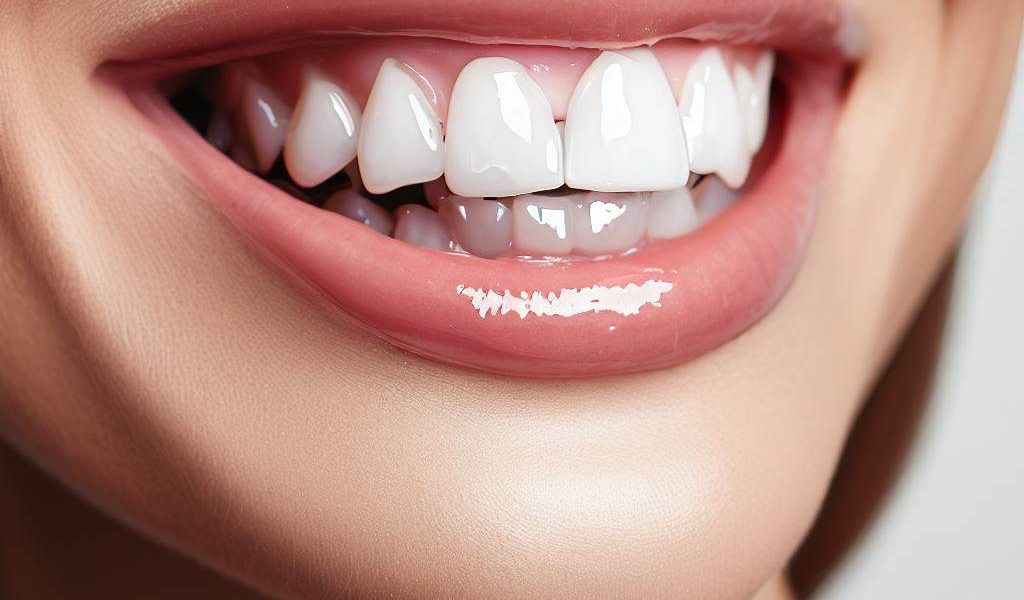Your smile captivates attention, drawing the eyes of those around you—it’s no wonder so many seek to enhance it. Dental veneers, thin custom-made shells designed to grace the front surface of your teeth, hold the power to transform your entire smile.
What is dental veneers?
Veneers, delicately crafted to resemble natural teeth, act as a facade for your existing ones, elevating your smile to new heights.
Who Should Consider Dental Veneers?
Primarily, those seeking veneers aim to elevate their smile’s aesthetics. While not medically necessary like fillings or crowns, veneers serve as an exquisite cosmetic solution, effectively addressing various imperfections that may have developed over time, dimming your once radiant smile.
Below are some common reasons people opt for veneers:
Enhancing the brilliance of their smile.
Correcting discolorations.
Repairing fractures or chips.
Closing noticeable gaps.
Addressing minor misalignments.
Replacing old fillings.
The Dental Veneers Procedure Explained:
The process of obtaining dental veneers is relatively simple and takes place at your dentist’s office. It typically involves a consultation, followed by one or two fitting and application sessions.
Initial Consultation:
During the first appointment, expect a thorough oral examination to assess your overall oral hygiene and identify any potential issues (such as excessive tooth decay). This step ensures the proper application of veneers while aligning with your goals.
Preparing Your Teeth:
Once you and your dentist agree that veneers suit your needs, preparations for their application commence. This may include cavity repairs, surface reshaping, and slight enamel roughening to ensure optimal adhesive bonding.
Fitting and Bonding the Veneers:
After the custom veneers return from the lab, a fitting appointment is scheduled. Your dentist will meticulously check size, color, and overall appearance. If everything meets your satisfaction, the veneers will be expertly bonded to your teeth. Otherwise, adjustments may be necessary, involving further fine-tuning at the lab.
Aftercare:
The dental veneers procedure is generally painless, with minimal recovery time. You may experience mild soreness in the gums, particularly around areas where local anesthesia was administered, but this discomfort typically subsides within hours. The following day, you can expect to revel in your new and improved smile. Over-the-counter pain relief can be used if needed.
The Pros and Cons of Dental Veneers:
Advantages:
Enhanced natural appearance of teeth.
High tolerance by most individuals.
Resistance to staining.
Effective remedy for various dental issues.
Drawbacks:
Limited lifespan (approximately 7 to 10 years).
Generally not covered by insurance.
Potential tooth sensitivity.
Who Shouldn’t Consider Dental Veneers?
Some individuals may not be suitable candidates for veneers if they have existing restorations in need of replacement or minimal remaining tooth structure, requiring a full-coverage restoration like a crown.
Additionally, individuals with active periodontal disease should not receive veneers as they require a stable foundation for successful placement.
Potential Complications With Dental Veneers:
Should your existing veneers deteriorate or develop cavities underneath, prompt replacement is necessary to safeguard the remaining tooth structure beneath the veneer.
The Cost of Dental Veneers:
Dental veneers can be a significant investment, given that insurance plans typically do not cover them. The cost ranges from $1,500 to $5,000 per tooth, varying based on location, associated laboratory expenses, and the extent of required work.
Insurance Coverage for Veneers:
As veneers fall under elective cosmetic dentistry, most dental insurance plans do not cover the procedure.
Comparing Veneers to Other Procedures:
Veneers hold a prominent place among various procedures designed to enhance teeth appearance and overall health. However, other procedures are worth considering:
Veneers vs. Dental Implants: While veneers require existing teeth for application, dental implants are medical devices implanted into the jaw to replace missing teeth. Each option comes with unique considerations and potential complications.
Veneers vs. Crowns: Both veneers and crowns serve as dental restorations, but crowns may also be used on dental implants. Veneers focus on cosmetic enhancement, whereas crowns are utilized to repair damaged or weakened teeth.
Veneers vs. Lumineers: Lumineers, a thinner version of veneers, require less tooth preparation and closely resemble conventional dental veneers.
Veneers vs. Bonding: Enamel bonding repairs chips, cracks, or discoloration on the tooth’s surface, typically completed in one appointment.
Frequently Asked Questions (FAQs):
How long do veneers last?
Veneers typically last around ten years.
Are full veneers worth it?
The worth of veneers depends on individual factors like health history, cost, and personal preference. Many find the improvements to be valuable.
Can you eat with veneers?
Eating with permanent veneers is generally safe. However, some precautions are advised to prevent chipping, cracking, or staining.
Why does insurance not cover veneers?
Most insurance plans consider veneers elective cosmetic procedures rather than medically necessary treatments.





